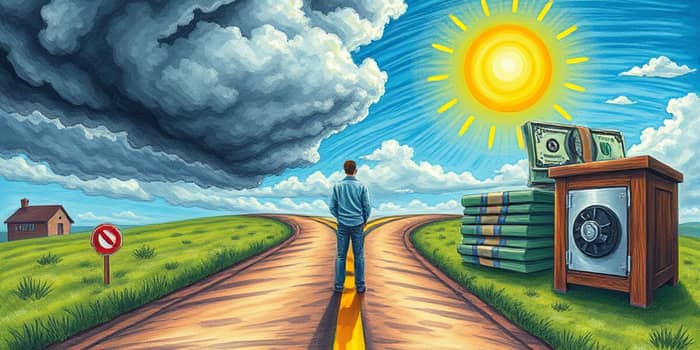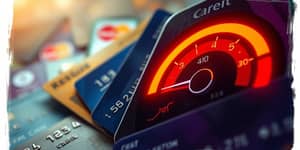
When an unexpected expense hits, many of us scramble for solutions. Without sufficient cash reserves, credit cards often emerge as a quick fix. But is this choice wise? Understanding the balance between immediate need and long-term stability can help you navigate emergencies without derailing your financial journey.
An emergency fund is a dedicated cash reserve meant to cover unplanned costs like medical bills, car repairs or sudden job loss. Financial experts generally recommend saving three to six months’ worth of expenses to avoid resorting to high-interest credit products.
Studies show that only 44% of Americans can cover a $1,000 emergency with savings. This stark figure highlights vulnerability: without a buffer, an urgent expense can trigger a cycle of debt that’s hard to escape.
Building even a modest cushion—say, $500—can serve as a robust financial safety net to prevent immediate crises from spiraling into years of repayment struggles.
Credit cards are widely accessible and offer instant funds, which can be lifesaving in absolute emergencies. Nearly 43% of cardholders report turning to plastic for unplanned costs, underscoring their role as a short-term solution when cash is unavailable.
In scenarios where an emergency fund is insufficient or depleted, a credit card can act as an effective short-term bridge financing tool—provided you have a clear plan to repay quickly.
Using credit cards as a fallback carries significant hazards. The most prominent is significant high-interest debt accumulation. With average APRs exceeding 20%, even a modest balance can balloon in cost if not paid off swiftly.
Additional pitfalls include:
These factors create a debt cycle that can be more difficult to escape than the original emergency.
If you must rely on a credit card, adopting disciplined practices can mitigate risks. Start by selecting cards with zero percent introductory APR offers to avoid immediate interest charges. Avoid cash advances, which often carry even higher fees and interest rates.
Next, establish a comprehensive detailed repayment plan. Align the payoff schedule with predictable cash inflows, such as a paycheck or bonus, and prioritize paying more than the minimum each month.
Finally, track every expense diligently and resist using the card for non-essential purchases. Treat this tool as a last resort, not a convenience, to prevent the habit of impulse spending from taking hold.
Before turning to credit, consider other options. Personal loans may offer APRs from 7% to 35%, often lower than credit cards for borrowers with good credit. Charge cards require full payment monthly, eliminating revolving balances but demanding discipline.
For quick reference, the table below compares common emergency financing methods:
Long-term financial security relies on cultivating genuine savings. Start small: even $5 per week funnels into a growing fund that can cover unexpected costs down the line. Consider automated transfers to ensure consistency.
Additional tactics include:
Over time, these habits build confidence and reduce the need to rely on credit cards for emergencies.
Credit cards can provide crucial short-term relief when no other options exist, but they are not a substitute for cash reserves. By understanding the risks—high-interest debt accumulation, credit score impacts and potential card cancellations—you can make informed decisions when emergencies strike.
The ideal approach combines prudent credit use with a commitment to steadily growing an emergency fund. This dual strategy ensures you have both the immediate resources to handle crises and the long-term resilience to thrive financially.
References













